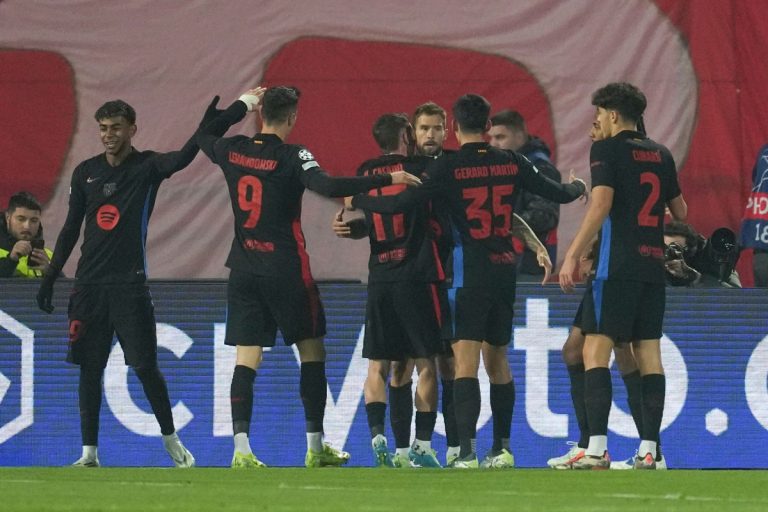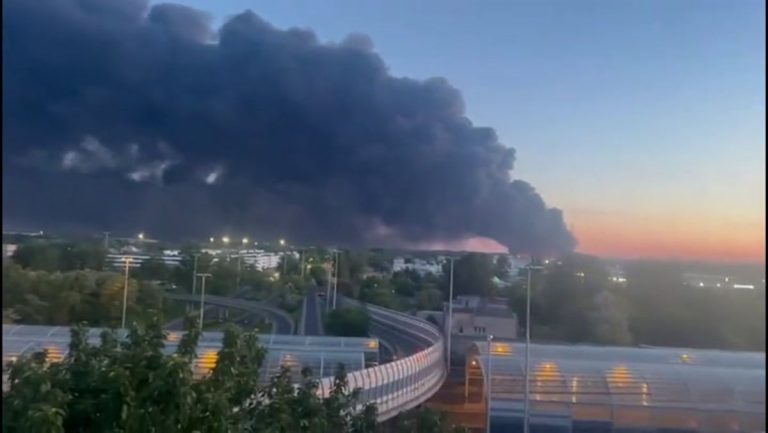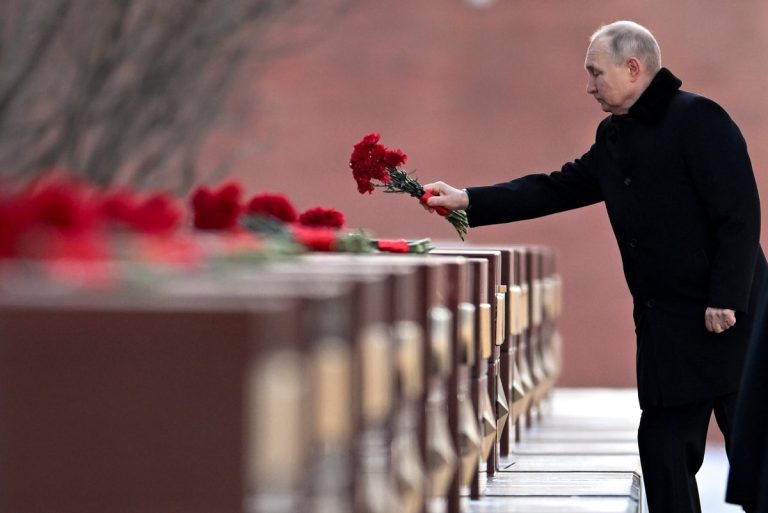EXPLAINER: Why is natural gas still flowing from Russia to Europe across Ukraine?

Support truly
independent journalism
Find out moreClose
Our mission is to deliver unbiased, fact-based reporting that holds power to account and exposes the truth.
Whether $5 or $50, every contribution counts.
Support us to deliver journalism without an agenda.
It’s one of the more improbable aspects of Russia’s invasion of Ukraine: Even after 2 1/2 years of war and repeated rounds of sanctions, Russian natural gas keeps flowing through Ukraine’s pipeline network to customers in Europe.
That hasn’t changed despite Ukraine apparently taking control of a gas measuring station near the Russian town of Sudzha as part of Kyiv’s push into Russia’s Kursk region.
Here are key things to know about the transit of Russian gas through Ukraine.
Who gets Russian natural gas through Ukraine’s pipelines?
Natural gas flows from West Siberian gas fields through pipes that pass through Sudzha and cross the Ukrainian border into Ukraine’s system. The pipeline enters the European Union at the Ukraine-Slovakia border, then branches off and sends gas to utilities in Austria, Slovakia and Hungary.
Natural gas is used to generate electricity, power industrial processes, and in some cases to heat homes.
What’s the situation at the Sudzha measuring station?
Gas is flowing as before. It’s no surprise, since Ukraine could have cut off the flows through their own pipeline system at any time. Actual control over the station is difficult to verify due to military secrecy and lack of access for observers or journalists.
On Tuesday, 42.4 million cubic meters of gas were slated to pass through the Sudzha station, according to Ukraine’s gas transmission system operator. That’s roughly in line with the average for the past 30 days.
Why is gas still moving from Russia to Europe?
Before the war Ukraine and Russia agreed on a five-year deal under which Russia agreed to send set amounts of gas through Ukraine’s pipeline system — set up when both countries were part of the Soviet Union — to Europe. Gazprom earns money from the gas and Ukraine collects transit fees.
That agreement runs through the end of this year. Ukraine’s energy minister, German Galushchenko, has said Ukraine has no intention of prolonging it or replacing it.
Before the war, Russia supplied some 40% of Europe’s natural gas through pipelines. Gas flowed through four pipeline systems, one under the Baltic Sea, one through Belarus and Poland, the one through Ukraine, and Turk Stream under the Black Sea through Turkey to Bulgaria.
After the war started, Russia cut off most supplies through the Baltic and Belarus-Poland pipelines, citing disputes over a demand for payment in rubles. The Baltic pipeline was blown up in an act of sabotage, but details of the attack remain murky.
The Russian cutoff caused an energy crisis in Europe. Germany had to shell out billions of euros to set up floating terminals to import liquefied natural gas that comes by ship, not by pipeline. Users cut back as prices soared. Norway and the U.S. filled the gap, becoming the two largest suppliers.
Europe viewed the Russian cutoff as energy blackmail and has outlined plans to completely eliminate Russian gas imports by 2027.
Still, Russian gas was never banned — even though the money earned supports Russia’s state budget and helps prop up the ruble currency. It’s a testimony to how dependent Europe was on Russian energy — and to a lesser extent still is.
How important is the gas flowing through Sudzha?
About 3% of Europe’s gas imports flow through Sudzha, part of the roughly 15% of imports that came from Russia last year. But Europe remains on edge about its energy supply given that it’s an energy importer and just suffered an outburst of inflation triggered by high energy prices. The Sudzha flows loom larger for Austria, Slovakia and Hungary, who would have to arrange new supply.
What is the future of Russian gas flows to Europe?
The European Union has come up with a plan to end imports of Russian fossil fuels entirely by 2027. But progress has been uneven lately.
Austria increased its Russian gas imports from 80% to 98% over the past two years. While Italy has cut direct imports, it still gets Russian-origin gas through Austria.
And Europe continues to import liquefied gas, which made up 6% of imports last year. Trade data indicate LNG shipments to France more than doubled in the first half of this year.
Meanwhile EU members Romania and Hungary have made gas deals with Turkey, which imports gas from Russia. Armida van Rijd, senior research fellow at the Royal Institute of International Affairs in London, says that “Russian gas is being laundered through Azerbaijan and Turkey to meet continued high European demands.”
She wrote that European efforts to reduce use of Russian gas are “impressive” so far. But she added that “the political reality is that it is extremely difficult for European countries to fully diversify their energy supplies, when many are already struggling with high inflation and a cost-of-living crisis.”






